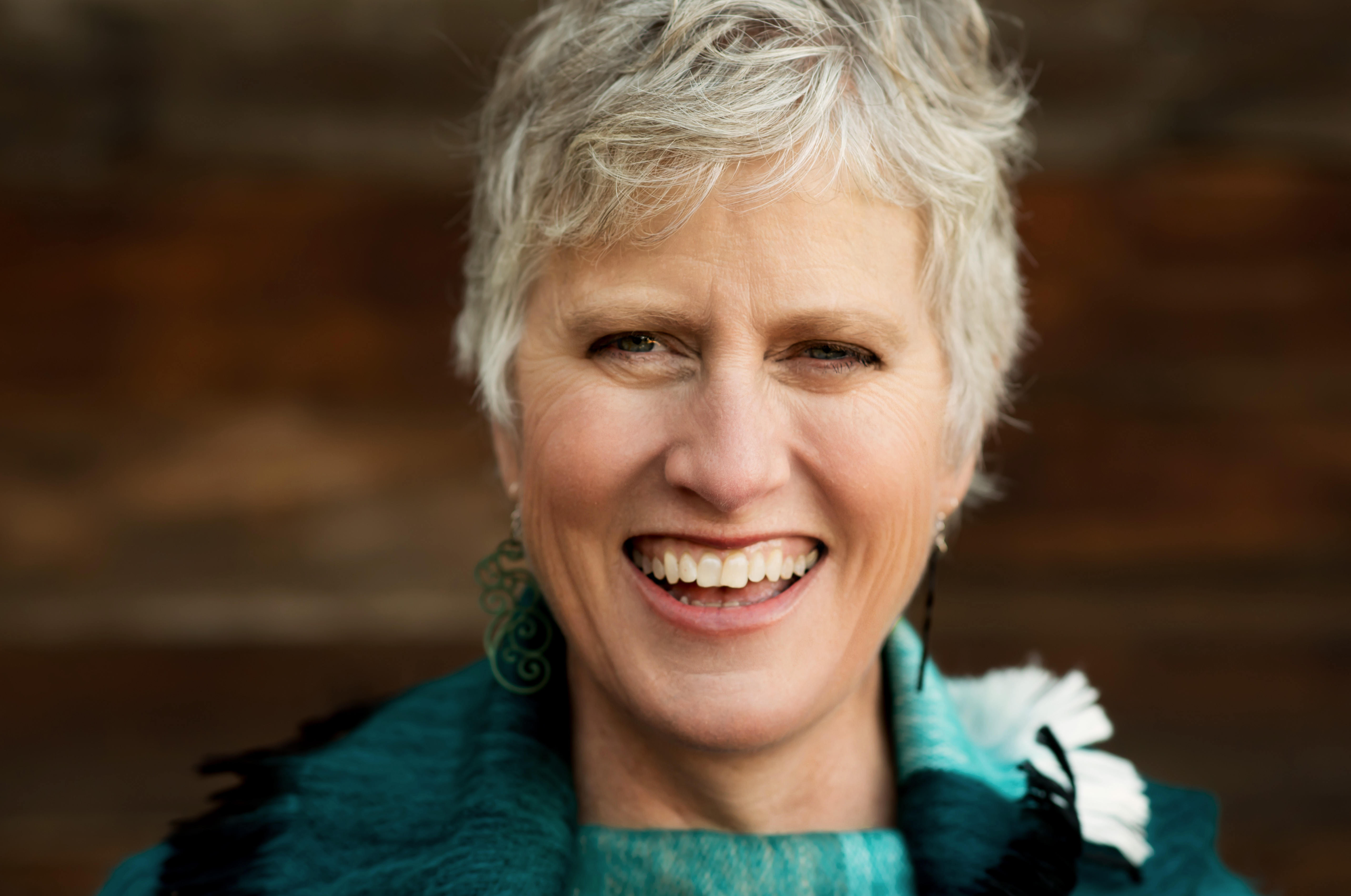This is a rant.
I am tired of people I meet saying, “oh you are the one that helps people feel happy at work, right?” when they come across my books or learn of my consulting practice. People often misinterpret my message to employers as trying to make people happy, as if it is a permanent state that we can create with a special trick or tool.
Creating workplaces fit for human life and paying conscious attention to the soft stuff of people-centered leadership and culture is not, for me, simply about making people happy at work. The now obsolete definition of happiness from Shakespearean times was equated to prosperity, meaning good fortune. This remains an element of a good job in the modern world but sometimes is more about basic living than prosperity.
Today the word happiness also refers to a “state of well-being and contentment or a pleasurable and satisfying experience.” Not a bad thing for work, but not the foremost goal most employers have in mind when they seek workers to run their organizations and execute their strategies. Employment starts with the needs of the organization; the needs of the employee to be well and content is primarily their job.
Happiness is not really what work needs to (or even should) be each day.
Sure, on some days, we hope to feel pleasure at work and satisfied. But on other days, we might feel all the complex other parts of the human experience that go way beyond happiness, such as complexity, frustration, challenge, creativity, loss, confusion, inspiration hope, or failure (and many more!) I’d like to ask that leaders of organizations reframe their vernacular to be less about making sure employees are “happy” and more about their employees feel alive.
It is the complex, dynamic, and messy nuance of being human at work, we seek to feel seen, valued, and respected, and when we don’t we become disheartened, unmotivated, and numb.
Miriam-Webster defines being alive as “having life: not dead or inanimate” and “marked by alertness, energy, and briskness or life, animation, and activity.” Being alive at work is about knowing of the existence of something important beyond ourselves. When we feel alive, we are propelled to connect, to produce, to learn, to listen, and to contribute.
When leaders of any organization reduce the engagement and development efforts of the people who work for them to the job of simply making people happy, they might as well just bring chocolate and beer, both of which are known to cause short-term happiness (and numbing.) But when leaders focus on facilitating alive-ness in everyone who works there, they are required to dig deeper, beneath the surface of what we as human beings need to function well.
To help employees feel alive at work, we have to look beneath the hood and consider what motivates our workers, what makes their hearts sing, why do they work, and what do they dream of? By understanding more about what the people who work for you really require to feed their full selves, you will learn more about the solid levers for human performance and employees who actually give a damn about your organization.
Joyous days in a job are made so in part by the contrast of the really dark and difficult ones. Let’s stop talking about happiness and focus on helping each other feel alive at work–bringing our huffing, puffing, thinking, sweating, engaging, arguing, stubborn, and brilliant selves to work in a way that matters far more than mere happiness.


